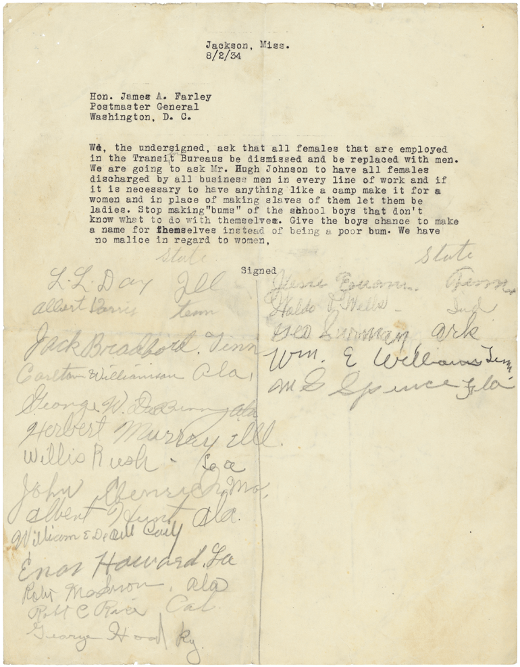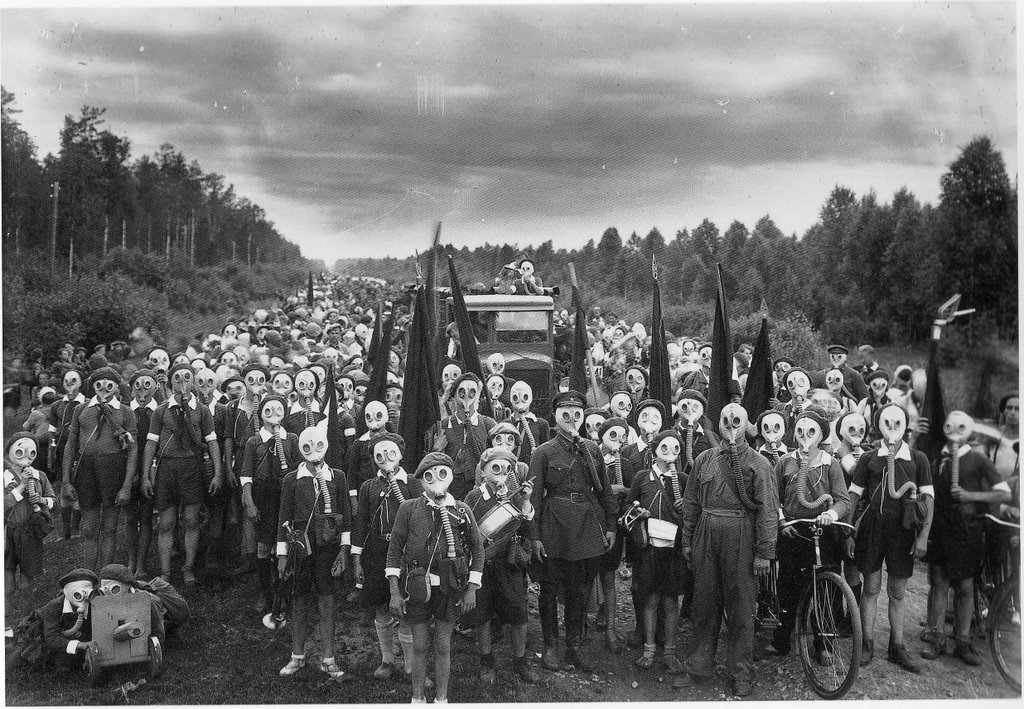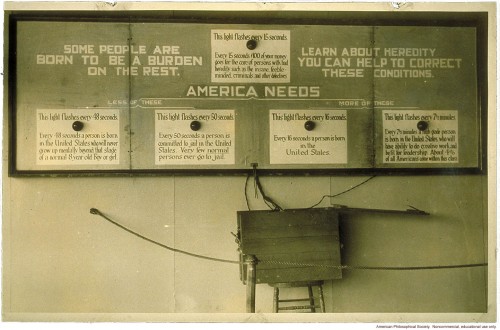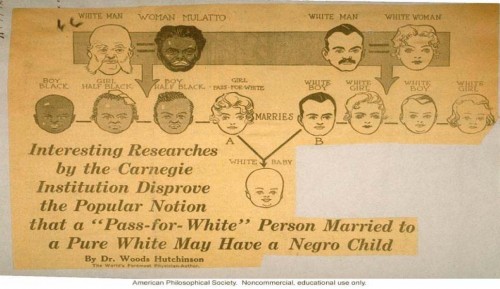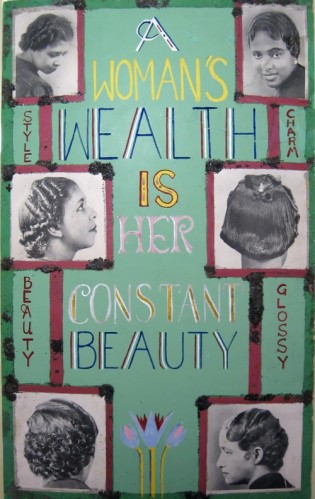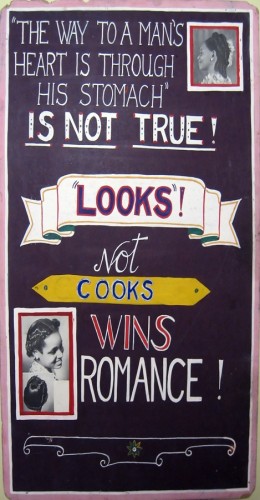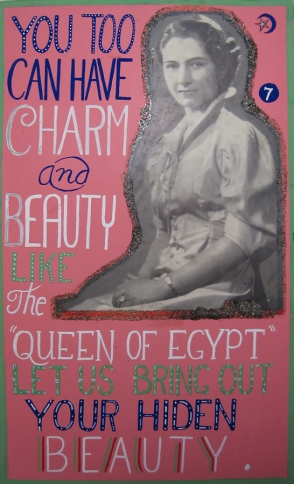In the U.S., when people refer to the “traditional family,” they usually mean a family that they associate with the 1950s. But the 1950s was a really unusual time in American history. Elsewhere I’ve written about how the husband breadwinner/wife homemaker model is an American anomaly. The data below, put together by the New York Times, shows that the 1950s was an unusual time in terms of age of marriage also:
Though the data is rough (five points across 107 years), you can see a distinct dip in the age of marriage that includes the ’50s.
So history isn’t, as we often suppose, a straight line from one point to another. It’s a complicated story. And the 1950s… well, to choose that era as “traditional” is no more reasonable than to choose today or the enlightenment or the dark ages or…
Also see: everyone needs a wife and what does “traditional marriage” look like?
—————————
Lisa Wade is a professor of sociology at Occidental College. You can follow her on Twitter and Facebook.

